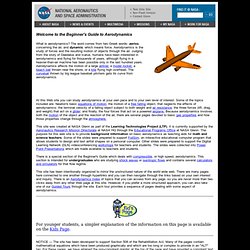

Space Shuttle Discovery - 360VR Images. Rotary-engine-animation.swf (application/x-shockwave-flash nesnesi) Ten things you don’t know about black holes. Well, they’re black, and they’re like bottomless holes.

What would you call them? -Me, when a friend asked me why they’re named what they are Ah, black holes. The ultimate shiver-inducer of the cosmos, out-jawing sharks, out-ooking spiders, out-scaring… um, something scary. But we’re fascinated by ‘em, have no doubt — even if we don’t understand a whole lot about them. But then, that’s why I’m here. So below I present ten facts about black holes — the third in my series of Ten Things You Don’t Know (the first was on the Milky Way; the second about the Earth). 1) It’s not their mass, it’s their size that makes them so strong. OK, first, a really quick primer on black holes. The most common way for a black hole to form is in the core of a massive star. As the core collapses, its gravity increases.
The region around the black hole itself where the escape velocity equals the speed of light is called the event horizon. OK, so now you know what one is, and how they form. So there you go. Hmmm. 35 Years at the National Air and Space Museum. When I began to work at the National Air and Space Museum in March 1975, I was the Museum’s sole reference librarian, having graduated from Catholic University of America with an M.S. in Library Science the previous year.

I had only been working for a few weeks, when I was told that we’d be moving from our Arts and Industries Building location to a brand new facility down the street. My boss, a professional of some standing in the librarian community, knew her job well, but she didn’t know much about moving a library, so it was up to me and one of my stalwart colleagues, a guy named Bill Jackson, whom some old-timers will remember fondly, to figure out how to box everything up and move it less than a city block away. Rocket Row along the west side of the Arts and Industries Building before the National Air and Space Museum was built.
The day was set in May 1975 for the production of the moth crystal packets. An evening in July was chosen for the move. Dominick A. Beginner's Guide to Aerodynamics. At this Web site you can study aerodynamics at your own pace and to your own level of interest.

Some of the topics included are: Newton's basic equations of motion; the motion of a free falling object, that neglects the effects of aerodynamics; the terminal velocity of a falling object subject to both weight and air resistance; the three forces (lift, drag, and weight) that act on a glider; and finally, the four forces that act on a powered airplane. Because aerodynamics involves both the motion of the object and the reaction of the air, there are several pages devoted to basic gas properties and how those properties change through the atmosphere. This site was created at NASA Glenn as part of the Learning Technologies Project (LTP). It is currently supported by the Aeronautics Research Mission Directorate at NASA HQ through the Educational Programs Office at NASA Glenn. There is a special section of the Beginner's Guide which deals with compressible, or high speed, aerodynamics.
See How It Flies.